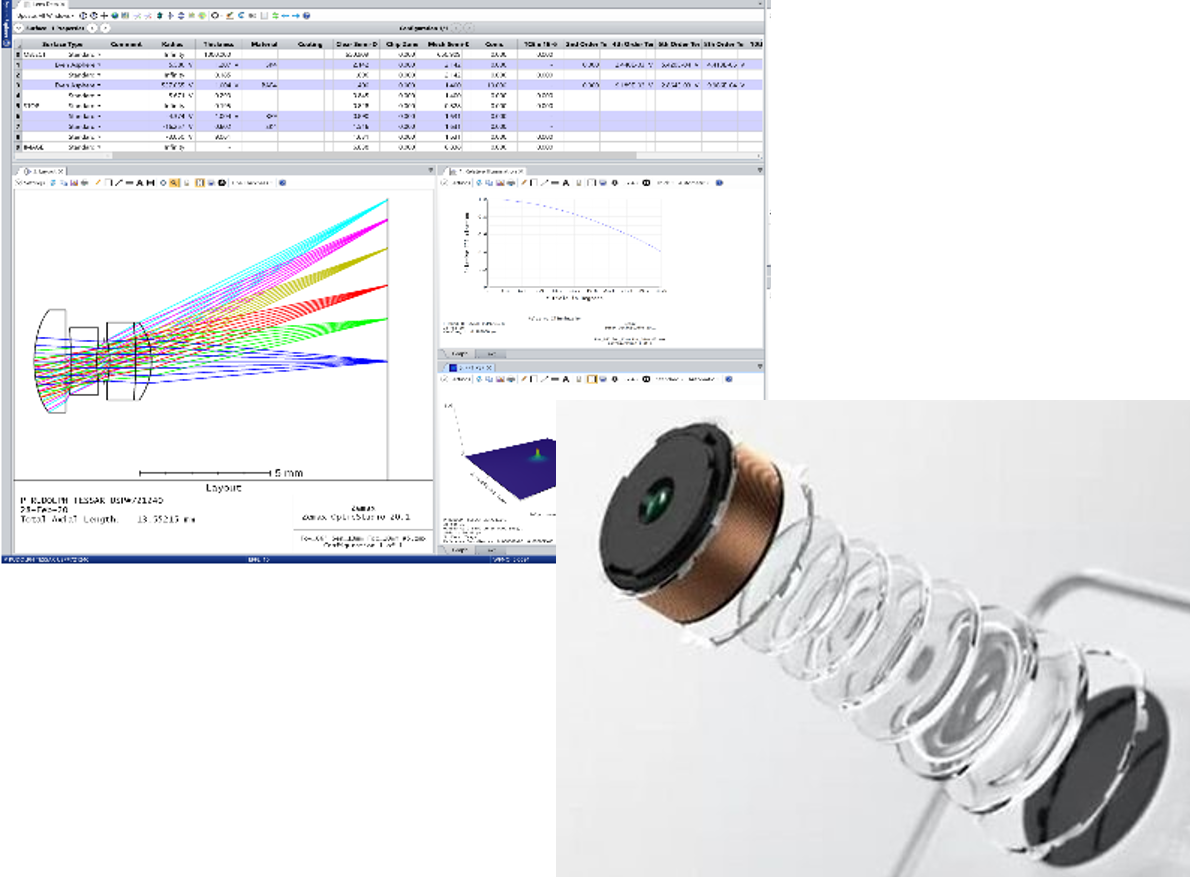Ansys SPEOS Simulation Software
Save on prototyping time and costs while improving your product’s efficiency by predicting the illumination and optical performance of systems.
Save on prototyping time and costs while improving your product’s efficiency by predicting the illumination and optical performance of systems.
SPEOS provides an intuitive and all-encompassing user interface, along with enhanced productivity with use of GPUs for simulation previews and seamless access to the multiphysics ecosystem.
With SPEOS’s lighting performance models, optimization capability, and extensive libraries, you can maximize your optical system easily and rapidly. Easily create an illumination system by studying how light interacts with mechanical geometries.

Ansys Speos delivers an intuitive and comprehensive user interface, enhanced productivity with use of GPUs for simulation previews, and easy access to the Ansys multiphysics ecosystem.
Gradient index (GRIN) material models help you to capture the effects of non-homogeneity on refractive index and absorption.
Features for optical part design to improve simulation accuracy, usability, and control: